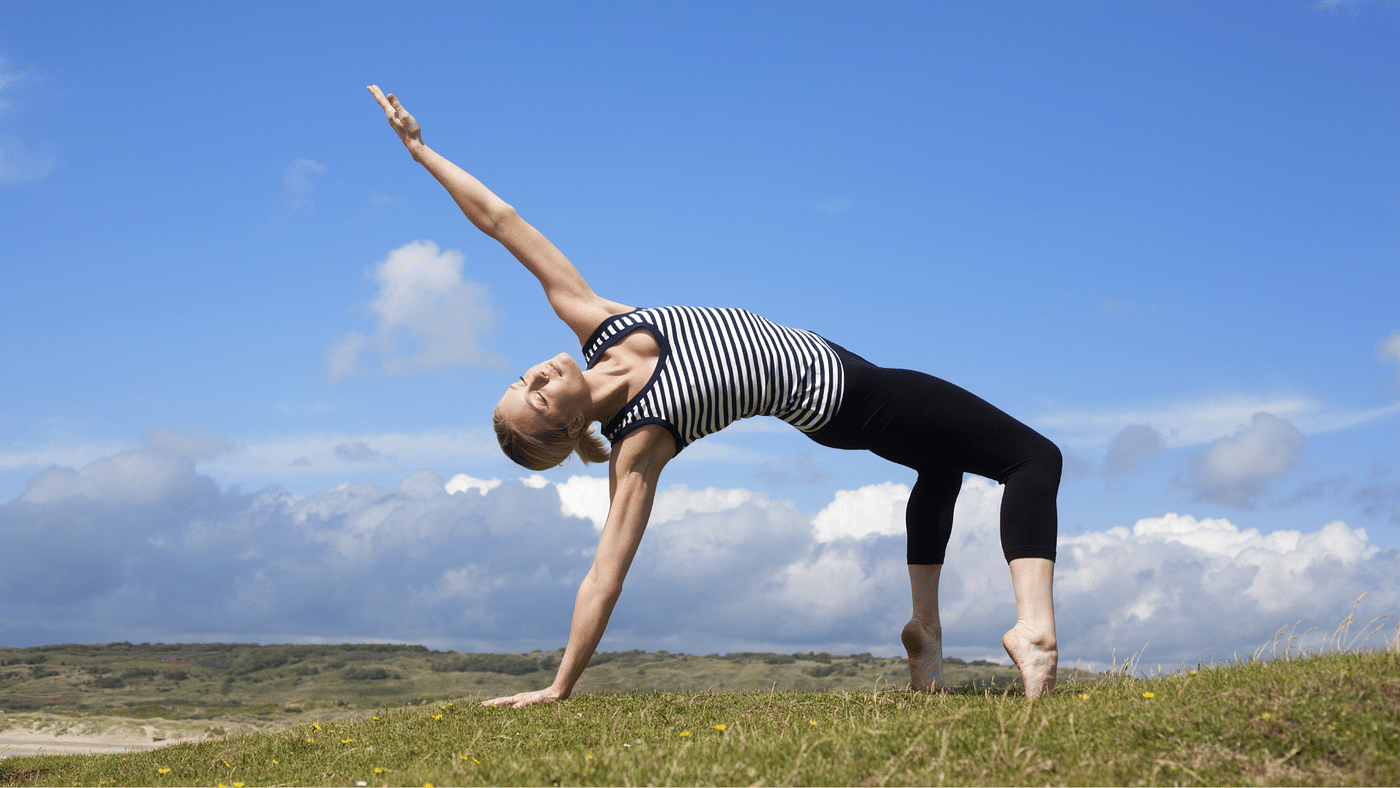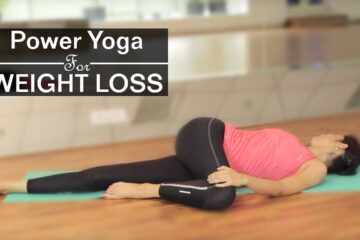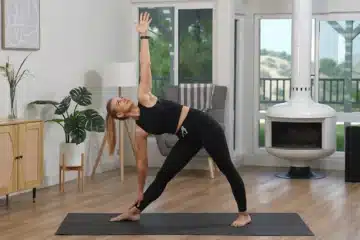Fluid yoga movements are a manifestation of the graceful interplay between breath, body, and intention. Unlike static poses, these movements emphasize continuous flow and seamless transitions, creating a dynamic and meditative experience on the mat.
Whether it’s flowing through a series of sun salutations or exploring creative sequences inspired by nature, fluid yoga movements invite practitioners to cultivate presence, balance, and vitality.
In this article, we’ll delve into the essence of fluid yoga movements, explore their benefits, and offer insights to help you embrace their beauty and depth in your practice.
The Essence of Fluid Yoga Movements
At the heart of fluid yoga movements lies the concept of vinyasa—the synchronization of breath with movement. Each transition flows seamlessly into the next, creating a dance-like rhythm that mirrors the ebb and flow of life itself.
These movements are not confined to rigid structures or pre-defined sequences but instead encourage freedom of expression and exploration.
Fluid yoga invites practitioners to move intuitively, honoring the natural intelligence of the body and allowing energy to flow effortlessly through each posture and transition.
Benefits of Fluid Yoga Movements:
- Mind-Body Connection: Fluid yoga movements cultivate a deep sense of awareness and connection between the mind and body. By syncing breath with movement, practitioners develop a heightened sense of presence and mindfulness, allowing them to fully inhabit each moment on the mat.
- Strength and Flexibility: The dynamic nature of fluid yoga movements challenges both strength and flexibility, helping to build muscle tone, endurance, and range of motion. Moving through sequences of poses requires stability and control, while also encouraging the body to explore its edges and expand its limitations.
- Stress Relief: Flowing through fluid yoga movements can be a powerful antidote to stress and tension. The rhythmic breath and fluid transitions help to calm the nervous system, reduce anxiety, and promote a sense of relaxation and well-being.
- Creative Expression: Fluid yoga movements provide a canvas for creative expression and self-discovery. Practitioners are encouraged to explore variations, transitions, and subtle nuances within each pose, allowing their practice to evolve and unfold organically.
Exploring Fluid Yoga Movements:
- Sun Salutations: Sun salutations are a classic sequence of fluid yoga movements that warm up the body and awaken energy. Begin at the top of your mat, inhaling to sweep your arms overhead, and exhaling to fold forward into a Forward Fold. Inhale to Halfway Lift, lengthening your spine, and exhale to step or jump back into a High Plank. Lower down with control into Chaturanga, then inhale to arch into Upward-Facing Dog. Exhale to lift your hips into Downward-Facing Dog. Flow through several rounds, moving with the rhythm of your breath.
- Wave-like Movements: Explore fluid, wave-like movements inspired by the natural world. From a standing position, inhale to sweep your arms overhead, and exhale to fold forward into a Forward Fold. Inhale to Halfway Lift, and exhale to plant your palms and step back into a High Plank. Inhale to shift forward into Plank Pose, and exhale to lower down halfway. Inhale to lift into Upward-Facing Dog, and exhale to lift your hips into Downward-Facing Dog. Continue to flow with the rhythm of your breath, allowing your movements to mimic the ebb and flow of the ocean.
Conclusion
Fluid yoga movements offer a transformative journey of exploration, self-discovery, and embodiment. By embracing the fluidity of breath and movement, practitioners can cultivate presence, strength, and resilience on and off the mat.
Whether you’re flowing through sun salutations, exploring wave-like movements, or creating your own sequences inspired by nature, allow yourself to surrender to the beauty and depth of fluid yoga, and let your practice become a dance of grace and vitality.



